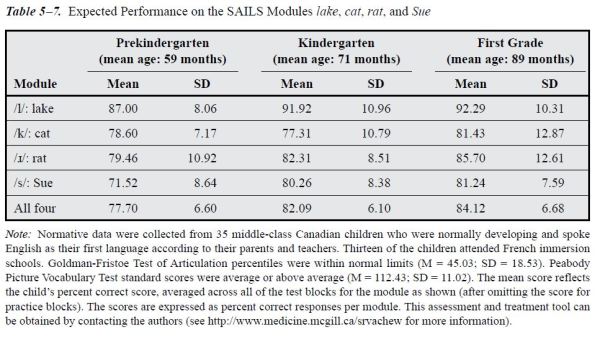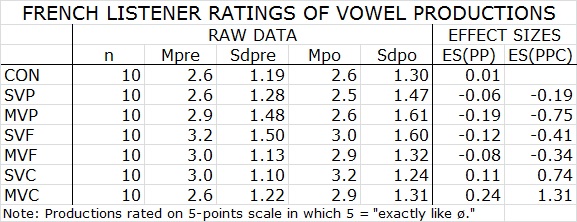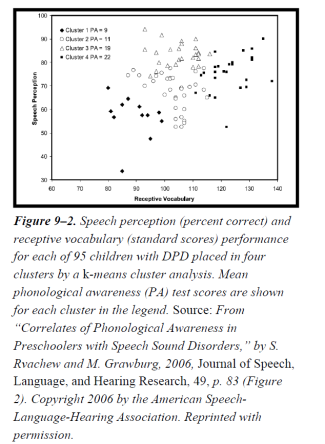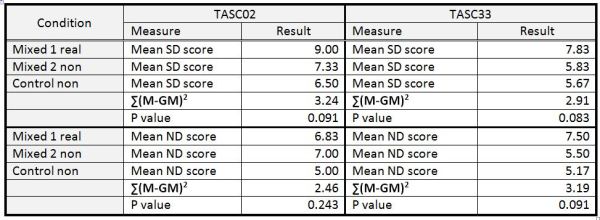It seems like only a few days ago I promised to write a blog post on the best uses of apps for speech therapy, when I wrote about the Werfel study in my last blogpost. But it turns out that I made that promise 3 months ago! Time flies when you are School Director it turns out. But also, my thinking about why you might want to substitute an app for picture cards reminded me of a particularly traumatic event in my past and maybe I just didn’t want to revisit that memory. But here goes…when I was sent out on my first summer practicum as an undergraduate student sometime in the nineteen-seventies I was assigned to a health unit in rural Alberta. The placement involved driving a great big Ford around to schools on country roads which was scary enough because I had a driver’s licence, but I had never really driven on account of not owning a car. Anyway, on the very first day my supervisor asked me to carry all our materials out to the car so she piled my arms up with stuff, many files filled with papers, some board games, those plastic boxes full of articulation cards, and on top of that…her lunch! Of course, I dropped the load in the parking lot. You can imagine the scene — I am not going to describe the process of picking it all back up and trying to reorder everything before getting it in the back seat. To make it all worse, she then hands me the keys and tells me to drive because she is going to eat her lunch on the way. Her lunch included a can of grape pop. Now you can imagine how my glasses became painted with purple goop. All I can says is that it is lucky I did not drive the car off the road.
This story is actually relevant to the topic at hand because I want to talk about iPad apps relative to all the things I was carrying in my hands, excluding the lunch. Recall that Werfel implemented a therapy program in which the children named pictures on the screen and then swiped them off, one after the other, for 25 sessions over 8 weeks. Is this how we want to use apps? Why would we use apps? What are the advantages of apps over the boxes of pictures cards? Let’s go through the advantages one at a time.
- Storage
The first obvious advantage is that all the information and functionality carried in the files, the boxes of picture cards and even the board games can be stored on an iPad — a relatively small object that would have fit in the lunch bag or my purse. Not only that, the information can be password protected so it is an efficient and relatively secure way of carrying things around. At the same time the screen is large enough for two people to view and small hands to manipulate. I read that SLPs use a lot of apps built for phones because their employers do not provide them with iPads but everyone has their own iPhone. That is a real shame because the functionality of an iPad or other tablet is hard to beat.
- Multimedia
The second advantage of a digital app is the possibility of presenting information to children with multimedia correlation across different sensory modalities. Apps can present therapy stimuli with an integration of colourful and realistic visual representations, integrated text, sound effects and movement. Susan Neuman’s theory of synergy predicts that children learn and store more robust mental representations when they experience new information this way. Some experimental support for this idea was presented by Strouse & Ganea who randomly assigned 102 toddler-mother pairs to a print-book or ebook shared reading condition. The results were striking:
“Toddlers who were read the electronic books paid more attention, made themselves more available for reading, displayed more positive affect, participated in more page turns, and produced more content-related comments during reading than those who were read the print versions of the books. Toddlers also correctly identified a novel animal labeled in the book more often when they had read the electronic than the traditional print books.”
In this study the animation provided by the ebooks was very simple: when the toddlers patted the page, the sound associated with the illustrated animal was presented. Therefore, we have multimedia stimulation and an interactive component contributing to engagement and learning.
- Interactive Features
The variety of interactive features that are built into apps are boundless. In ebooks “hotspots” within the text or illustrations launch a variety of effects that may advance the story and support learning. Alternatively these animations, sound effects and games that occur when the hotspots are activated may be entertaining while not relevant to the story at all. These same kind of features can be used to create learning activities in the context of educational games meant to teach letter sounds or vocabulary or reading or a wide range of other skills. Many games are simply digital versions of conventional board games. Other games are meant to be fun and creative, involving free style drawing, opportunities to create characters and settings and stories in an open-ended fashion. Apps that encourage creativity are recommended for their “minds-on” properties. Hirsh-Pasek et al presented a framework for evaluating and choosing apps that rests on four pillars of learning: (1) the app encourages active learning; (2) in which the child is deeply engaged by the learning task; (3) the learning experience is meaningful in that it promotes connections between new knowledge and existing knowledge; and (4) the learning activity permits high quality social interaction or social contingency. These authors also review the science of learning and conclude that when the app is explicitly educational the learning program should be structured to provided “scaffolded exploration toward a learning goal.” Therefore, rote learning games in which the child, for example, simply names pictures and receives a tangible reward such as points in a token-economy game would not meet these criteria. A completely open-ended game with no learning goal would also not meet these criterial.
- Personalization
Perhaps the most exciting opportunities offered by tablets and the associated apps are the possibilities for personalization. It is possible for children to create their own stimuli and stories using the camera, drawing, and writing tools. In this way all the practice materials for speech and language therapy can be especially meaningful and relevant to the child’s daily life and special interests.
Using Apps in Speech Therapy
The first advantage to using apps in speech therapy is that it is possible to “think outside the articulation card box” and use other tools to practice speech accuracy in authentic communicative contexts. Let us imagine that you are working of velar stops with a child who typically fronts these consonants. You want an opportunity to product the sounds in relatively complex words while providing meaningful feedback using focused stimulation that is adapted for the speech therapy context as described by Rvachew & Brosseau-Lapré (2012). There are some electronic books that lend themselves to conversation that useful for this purpose. Consider the Nosy Crow book “Don’t Wake Up Tiger!” First there are several opportunities to produce velar sounds in conversation: tiger (contrasted with turtle), frog, cake, candle, pelican, fox). There is an active learning component in that the child must perform specific actions to help the different animals get around the tiger without waking him up in order to set up their surprise birthday party. There are matching games and five “spot the difference” games, the last one involving the birthday party scene, providing the opportunity for distancing prompts. The idea here is that articulation drill is not the best way to improve speech accuracy for the majority of children with speech delay or disorders in any case. You will want to choose different stories or games for older children but definitely choose apps that permit authentic conversation and minds-on learning.
It is also possible to create your own games for speech therapy drill very simply using presentation tools along with photos, clip art, or drawing tools. If you were practicing words that contain siblilants for example, the child could bring a photo of his house. Pasted into a series of slides, over top of cartoon characters and animated to disappear upon clicking or swiping, you have a very simple game. In this case, the child asks the question “Whose house?” and after swiping the house, a simple animation reveals the “It’s mouse’s house (sheep’s/zebra’s/seal’s etc.).” Many common software tools permit simple animations that are useful, turning a simple swipe into a game that connects meaning to the drill practice.
Of course, there are many commercial apps for drill therapy or minimal pairs games. I will not make the mistake of endorsing or criticizing any particular product. However, you will want to look for common problems when you download free games or purchase more sophisticated therapy tools. One common issue is putting text on the minimal pair cards so that the children are using letter cues rather than listening to the sound of speech and referring to their own underlying representations for words when playing the game that is involved. Another issue is poor choices of words from the point of view of phonological theory (e.g., “ball” and “bottle” are not both /l/-coda words). The old articulation card boxes had the same problem but it was often easier to shuffle through and exclude the words that did not fit the pattern you were working on. The commercial apps may or may not be that flexible.
In any case, I am sure that most of you are more familiar with these apps than I am and have lots of creative ideas for using them. The main point I wanted to make is that we should not let the tail wag the dog. It is really important to choose the most creative minds-on apps and not let the software coax us way back to the “drill and kill” days of the sixties. We have known for some time now that phonological therapy is all about meaning. The fun part of digital tools is the opportunity that multimedia and interactivity offers for helping children make connections between new learning and their prior experience.




 es in multiple domains over the subsequent 6 years (
es in multiple domains over the subsequent 6 years (
